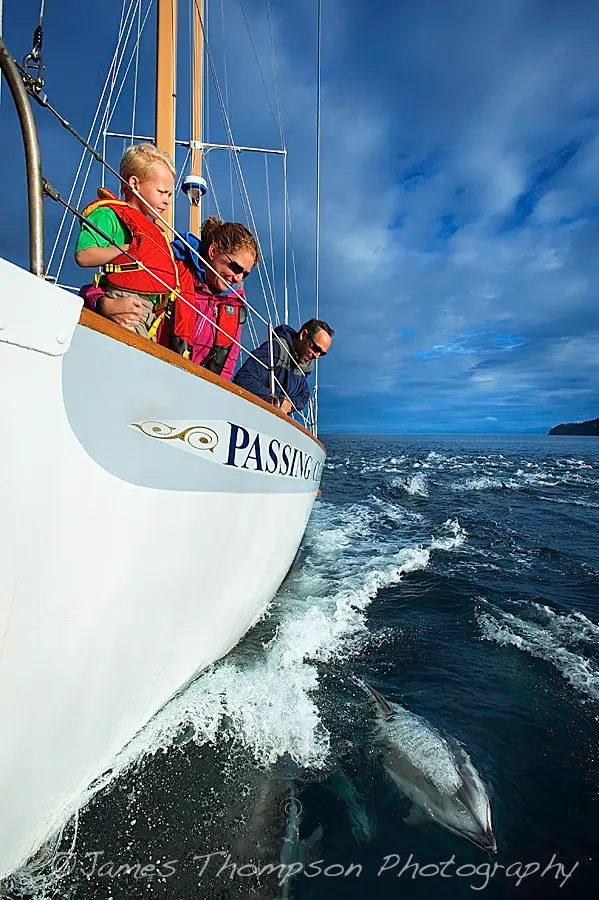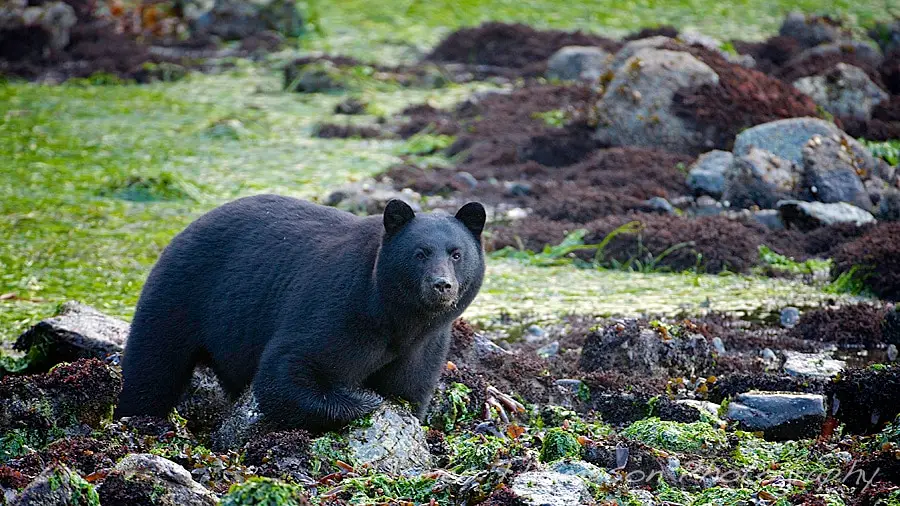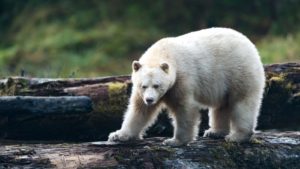Part 2
So you’re up early, sitting on the aft deck of the Passing Cloud enjoying the sunrise with a steaming hot coffee in your hands when Captain Russ Markel shouts “prepare for dolphins!”. Sure enough, as you scan the horizon you see the water churning with a pod of well over a hundred pacific white sided dolphins – a super-pod – and they’re speeding your way!

This is the perfect time to consider shots other than the standard zoomed-in, centered animal portrait. Wildlife photography is not only about capturing portraits of the animals but also telling their story. Who are they? Where do they live? What do they eat? What eats them? How do they interact with each other or with you?
Here are some tips to consider if you’re hoping to answer some of these questions photographically:
- Consider the light. Sunrise or sunset are great for capturing dramatic shots of the animal as part of it’s environment.

Pacific whitesided dolphins foraging in early morning sunlight. Johnstone Strait, BC. Put your subject well off centre and try to catch it “broadside” to you so that it has a readily identifiable silhouette within the composition.
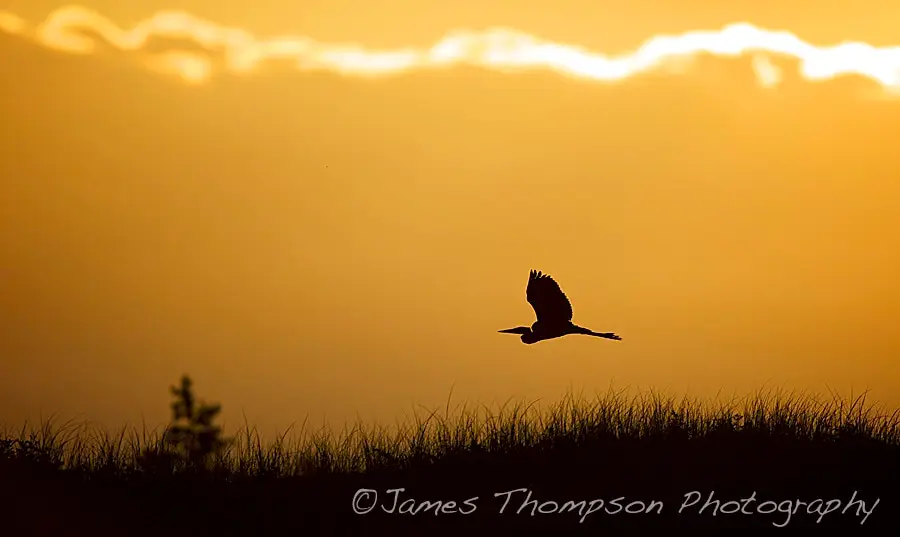
Great blue heron silhouetted on a sunset flight. 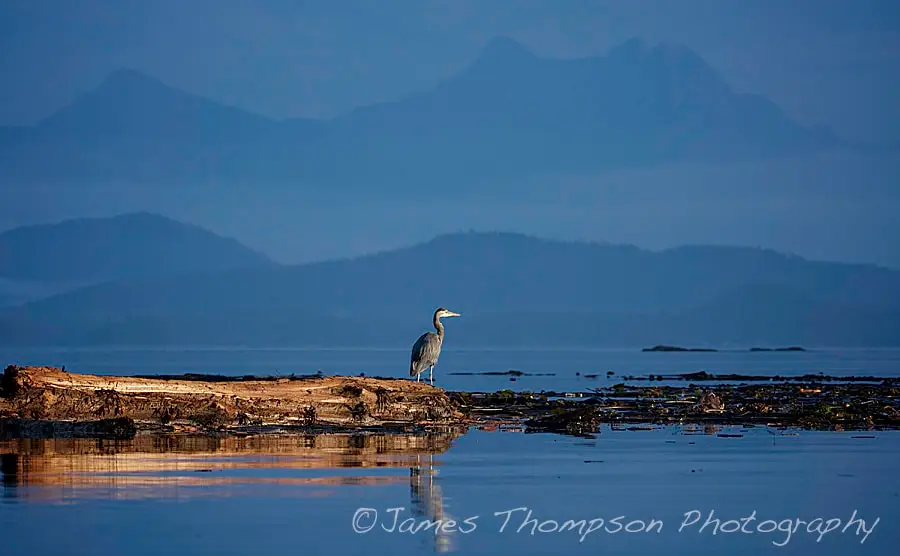
Great blue heron posing in beautiful sunrise light. Johnstone Strait, BC. Overcast light is perfect for those more intimate shots – individuals interacting or abstracted details of fur and feathers. Back light, where the sun is behind your subject, can give very dramatic portraits. Consider using some fill flash to bring out some detail in such scenarios.

Pacific whitesided dolphins back lit by early morning sun. Johnstone Strait, BC. - Capture the peak of the action.As the dolphins breach in front of you, it’s very tempting to jam your finger down on the shutter release and leave it there, taking as many pictures as possible hoping one will turn out. The danger of this “spray and pray” approach is that even for pro quality DSLRs, your chances of actually capturing THE shot at the peak of the action are actually quite small. Say the breach lasts one second and you’re shooting at 1/1500 at 8 frames per second. That means you’re only recording the scene for 8/1500 or about 0.5% of the time the behavior is occurring. The rest of that time the camera spends moving the mirror and shutter. It’s also very difficult for your autofocus to keep up at such frame rates and so the chances of getting THE shot in focus are even lower!
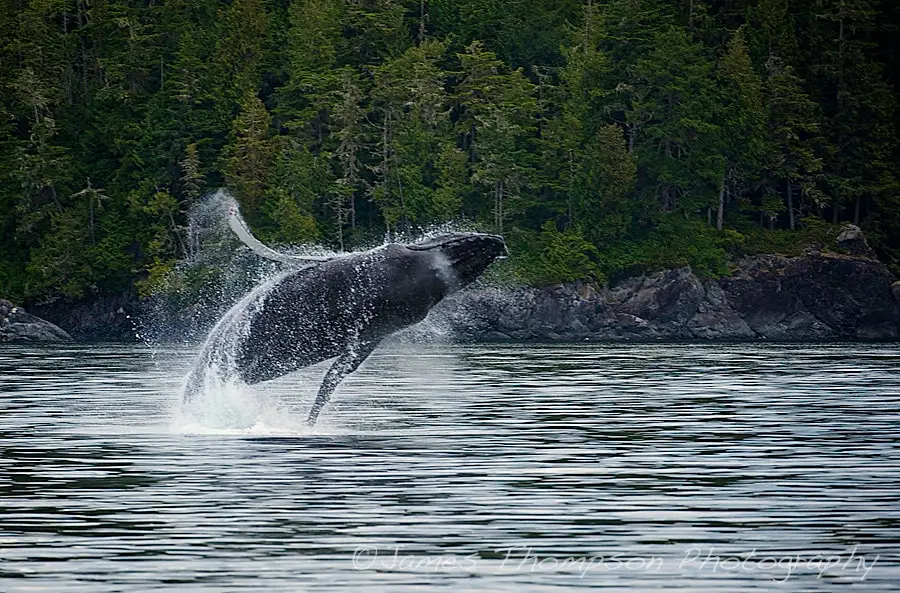
Breaching humpback whale. Johnstone Strait, BC. A better approach is to anticipate the peak of the action, say the apex of the breach, allow your camera to lock on focus and then time your shutter release with the key moment.
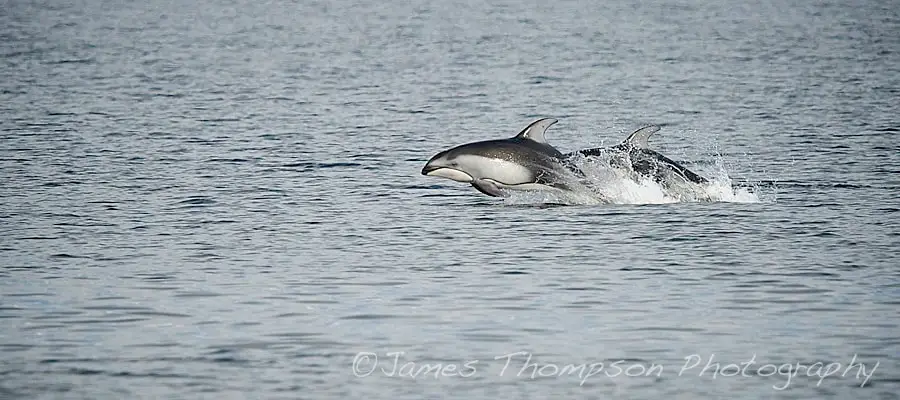
Speeding pacific whitesided dolphins. Johnstone Strait, BC. For whales and dolphins this could be the moment they surface to breathe or breach. For terrestrial animals try to capture at least one of their feet off ground to give a more dynamic portrait.
- Tell a story. One way to make your wildlife pictures more interesting is to show your subjects interacting with their environment and each other. All animals, including us humans spend most of their time engaged in activities related to finding food, mates, or raising their young. Showing other animals engaged in activities we can relate directly to can be enthralling.
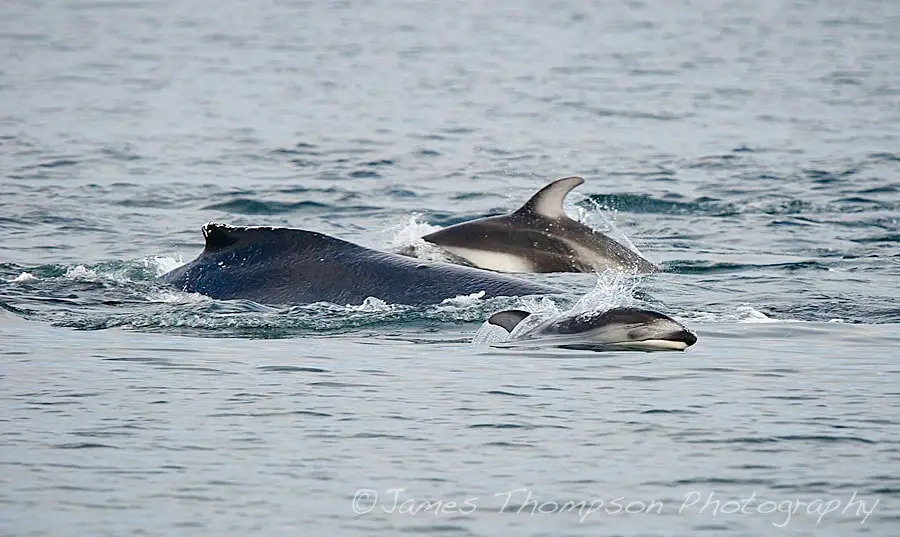
Pacific whitesided dolphins harassing a humpback whale. Johnstone Strait, BC. - Framing. Not all wildlife shots need to be telephoto shots! Give your subjects room to move into (or out of) your picture. Try a wide angle lens to include the animal and its environment.
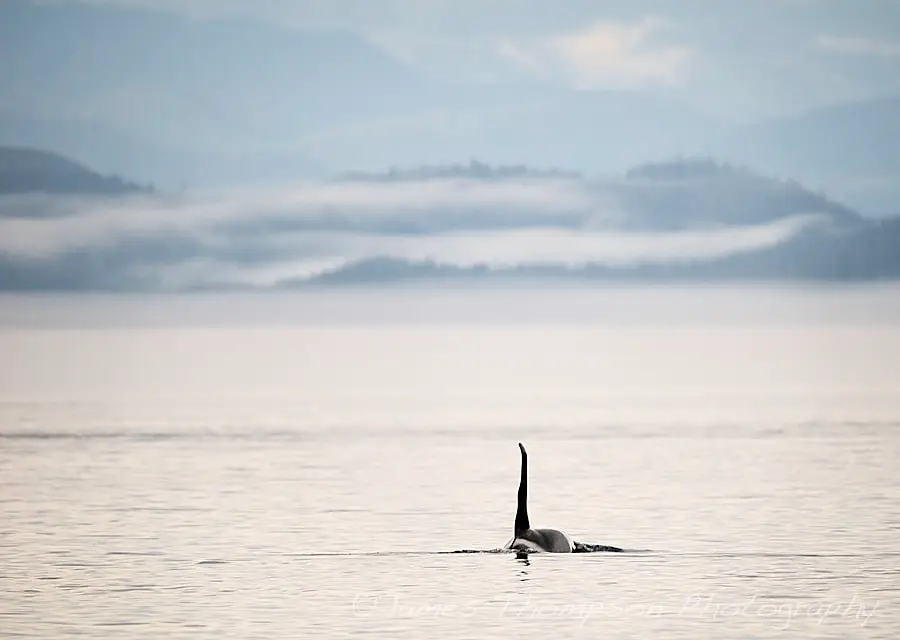
Male orca (killer whale), Johnstone Strait, BC. 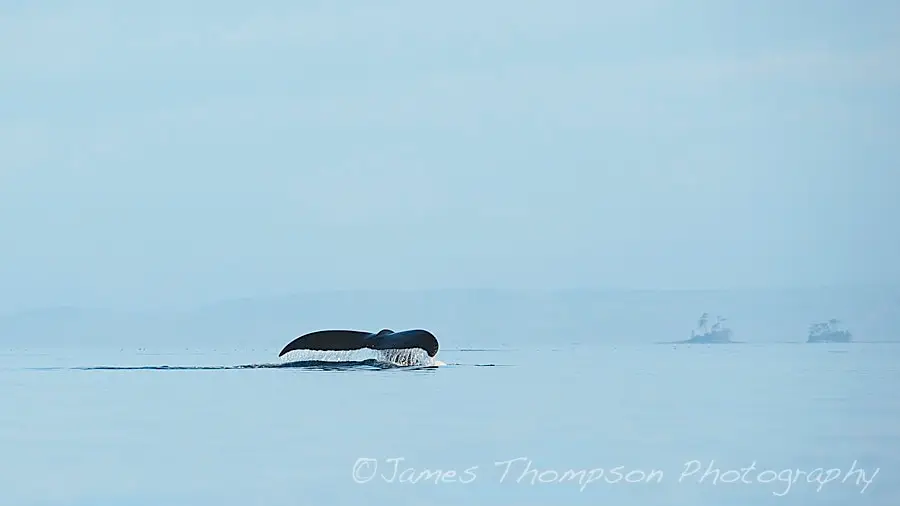
Humpback whale. Johnstone Strait, BC. Alternatively, use that telephoto to zoom way in and abstract details like feathers and fur patterns.

Way too close for comfort! Humpback whale, Johnstone Strait, BC. Experiment with different apertures to totally isolate your subject from the background or get the whole scene in focus.
Given the wonderful array of abundant coastal wildlife you’ll typically encounter on your OuterShores trip, you’ll have plenty of opportunity to practice many of these techniques and even come up with some of your own. Be creative and enjoy!
